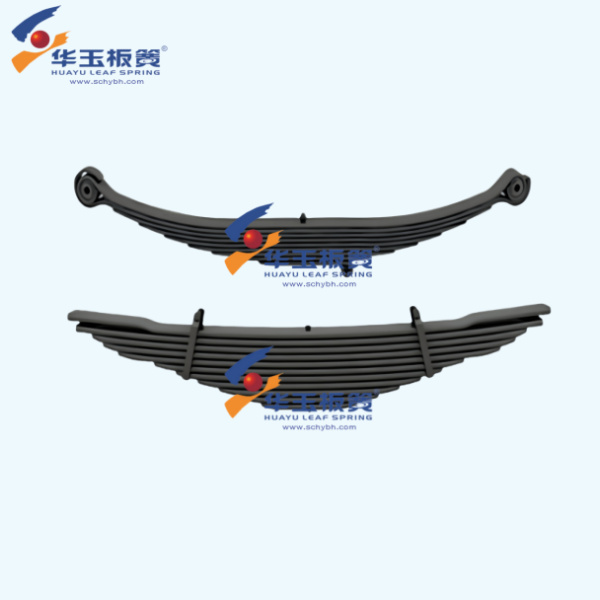When you think about trucks, you probably imagine big, strong trucks that can haul heavy things. But you’ve probably also wondered: How do these trucks hold so much weight without snapping in half? One important component of a truck that enables it to carry heavy things is something called leaf springs.
Leaf springs are flat, slightly curved pieces of metal that are chucked up on one end. It is connected to the frame of a truck on one end and to an axle on the other end. As the truck bumps over bumps or when it’s loaded heavy, those leaf springs flex and soak up the shocks. This also helps keep the truck stable and the ride smooth.
There are many different types of leaf springs including parabolic, semi-elliptical, and multi-leaf springs. The correct leaf springs is going to depend on how much you’re going to weigh and carry, where you’re going to drive and how you would like for your truck to ride and handle.
You can derive a lot of benefits from upgrading your truck’s leaf springs. One large advantage is that the improvements help performance. With improved leaf springs, your truck can carry more weight, drive more comfortably on bumpy roads, and be more stable and controllable.

Your truck’s leaf springs can wear down and need to be repaired or replaced over time. Some indicators that your leaf springs need TLC? A dropping back end, bouncing too much when loaded, tire tread that is wearing unevenly, and creeping or swaying while on the road.

Signs to watch for If any of these symptoms are present, never hesitate to have a professional inspect your leaf springs. Failing to address worn-out leaf springs will only cause more trouble for your truck and result in a dangerous driving experience.

To ensure the well-being of your truck’s leaf springs, here are some tips you should abide by. Inspect your leaf springs for cracks or breaks routinely. Keep them clean, and free of dirt whose abrasion may result in a damage. Do not overload the truck, this can cause excessive pressure on the leaf springs.
 ONLINE
ONLINE